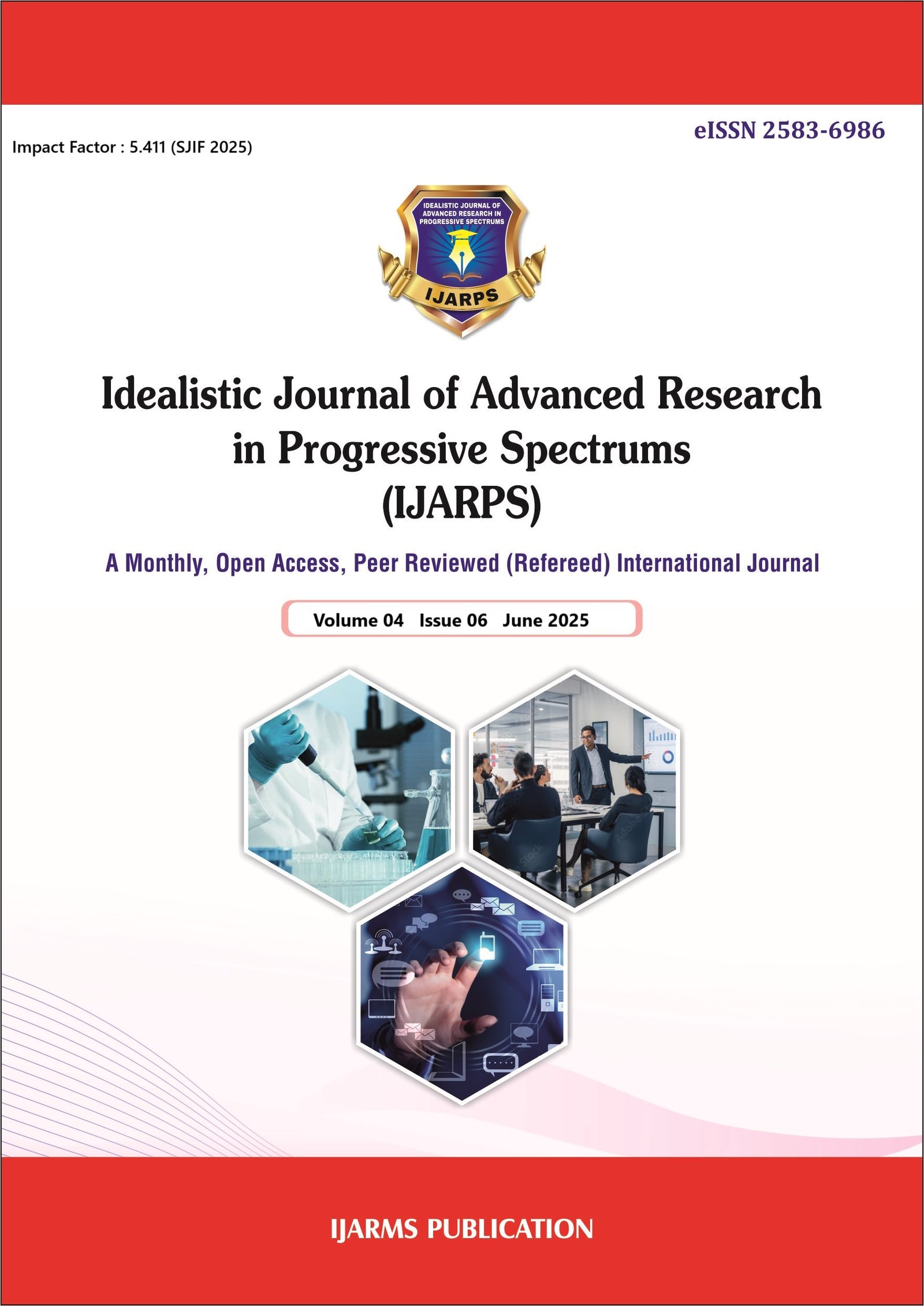India–United States Relations in the Post-Cold War Era: A Study of Strategic, Economic, and Diplomatic Dimensions
Abstract
The end of the Cold War marked a significant shift in global political alignments, paving the way for a new phase in India–United States relations. From a period of mutual suspicion and strategic divergence, the bilateral relationship has transformed into a multidimensional partnership grounded in shared democratic values, converging economic interests, and common strategic concerns. This research paper critically examines the evolution of India–US relations in the post-Cold War era through three core dimensions: strategic, economic, and diplomatic. The study traces the growing strategic synergy between the two nations, particularly in the context of defence cooperation, counter-terrorism, and the Indo-Pacific framework. It also analyses the economic trajectory marked by trade liberalization, investment flows, and technological collaboration, while identifying areas of friction such as tariffs and intellectual property rights. Diplomatically, the paper explores the role of high-level engagements, diaspora diplomacy, and multilateral coordination in shaping mutual perceptions and policy decisions.
Keywords:- India–United States Relations, Strategic Partnership, Economic Cooperation, Diplomatic Engagement, Post-Cold War Era, Foreign Policy, Bilateral Trade, Indo–US Nuclear Deal, Geopolitics, Global Governance
Additional Files
Published
How to Cite
Issue
Section
License
Copyright (c) 2025 www.ijarps.org

This work is licensed under a Creative Commons Attribution-NonCommercial 4.0 International License.

